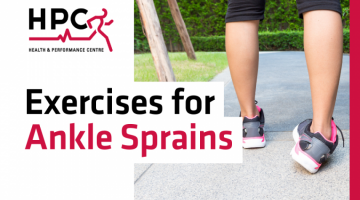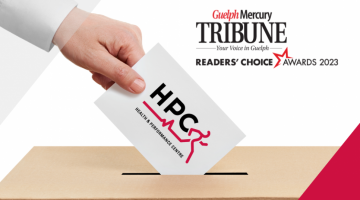All About Whiplash: Signs, Symptoms and Treatments

All About Whiplash & How Physiotherapy & Chiropractic Treatments Can Help You Recover
What is Whiplash?
Whiplash is a common soft-tissue neck injury associated with injured neck structures such as intervertebral joints, discs, ligaments, nerves, and/or muscles. After the injury is sustained, it is not uncommon for small vessels in the neck to tear.
These vessel tears release substances around the injured area, causing swelling and ultimately pain. Getting assessed by a health professional is the best way to determine if you may have whiplash.
What are the Causes of Whiplash?
Whiplash is caused by a sudden and intense flexion or extension (nodding head yes/no movement) of the neck. This rapid flexing or extending of the neck can be caused by several factors such as Motor Vehicle Accidents (MVAs), sports injuries, being punched, falling, and rollercoasters.
What are the Signs and Symptoms of Whiplash?
Common signs of whiplash include:
- Neck pain
- Neck stiffness
- Dizziness
- Shoulder pain
- Ringing in ears
- Blurred vision
- Concentration and memory problems
How is Whiplash Diagnosed?
Whiplash is diagnosed from an examination with a health professional. During the examination, the mechanism of injury, prevalence and/or severity of symptoms, and injury interference with daily activities will be noted.
A physical exam will take place in which the practitioner will assess the range of motion, tenderness, and degree of pain in the head and neck. Whiplash cannot be seen or confirmed on imaging tests such as x-rays, CT scans, or MRI scans. Imaging tests can, however, rule out other conditions of the head and/or neck such as fractures, dislocations, and arthritis. Ruling out other injuries will aid in supporting the diagnosis of whiplash.
How is Whiplash Treated?
Recommended treatments for whiplash may include over-the-counter pain medication, muscle relaxants, nonsteroidal anti-inflammatory drugs (NSAIDs), physiotherapy, and chiropractic treatment.
Physiotherapy and chiropractic treatment may aid in pain management through manual therapy and manipulation techniques. In addition, physiotherapy will promote stretching and range of motion exercises to help ease pain, strengthen muscles, and restore normal function.
Transcutaneous electrical nerve stimulation (TENS) is another technique that may be prescribed to those suffering from whiplash symptoms. TENS works by initiating a low voltage electrical current through two electrodes onto the skin. This process helps with neck pain management. Before deciding on treatment, always consult with a registered health professional to discuss what best suits your needs.
Reach out to us today to learn more about how our team of Guelph Physiotherapists and Chiropractors at the University of Guelph’s Health and Performance Centre can help you with whiplash!
*About the HPC Student Volunteer Program*
Each year, approximately 30 University of Guelph students are selected following a competitive application process to take part in the “HPC Volunteer Program.” This program provides an opportunity for U of G student volunteers to translate their academic knowledge into practice, while gaining first-hand experience and mentorship from the team of certified physiotherapists and chiropractors at the University of Guelph’s Health and Performance Centre. As a result of this exceptional partnership between the University of Guelph and the HPC practitioners, students can gain valuable insight on evidence-based practice prior to graduating from their respective programs. Click here for more information on co-curricular experiential learning opportunities at the University of Guelph. This article was written by members of the 2021-22 HPC Student Volunteer Program.
References
Cleveland Clinic. (2020). Think You Might Have Whiplash? Know the Symptoms. https://health.clevelandclinic.org/when-will-your-whiplash-feel-better/
National Institute of Neurological Disorders and Stroke (NINDS). (2019). Whiplash Information Page. https://www.ninds.nih.gov/disorders/all-disorders/whiplashinformation-page#disorders-r1
Johns Hopkins Medicine. (2021). Whiplash Injury. https://www.hopkinsmedicine.org/health/conditions-and-diseases/whiplash-injury
Mayo Clinic. (2020). Whiplash. https://www.mayoclinic.org/diseasesconditions/whiplash/diagnosis-treatment/drc-20378926
Pinnacle Chiropractic. (2021). Whiplash Causes and Treatments. https://www.pinnaclechiropractic.net/conditions/whiplash/
DeSantana, J. M., Walsh, D. M., Vance, C., Rakel, B. A., & Sluka, K. A. (2008). Effectiveness of transcutaneous electrical nerve stimulation for treatment of hyperalgesia and pain. Current rheumatology reports, 10(6), 492–499. https://doi.org/10.1007/s11926008-0080-z



